Hyundai Eon review, test drive
Hyundai is gunning for the Alto with the Eon. How good is it?
Published on Dec 05, 2011 05:17:00 PM
82,365 Views
Follow us on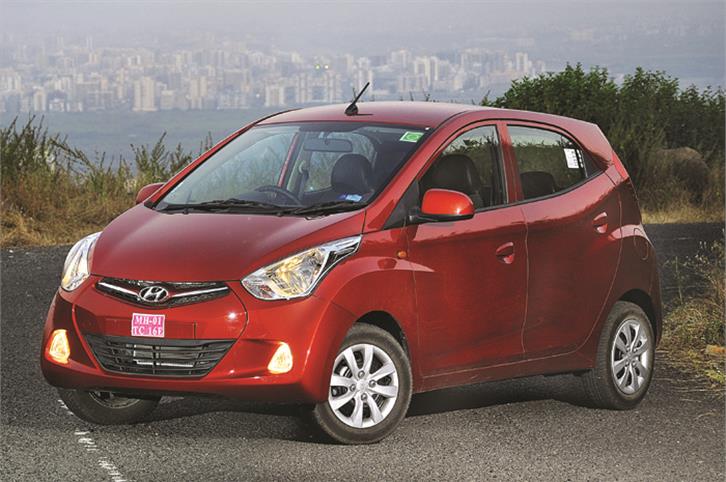
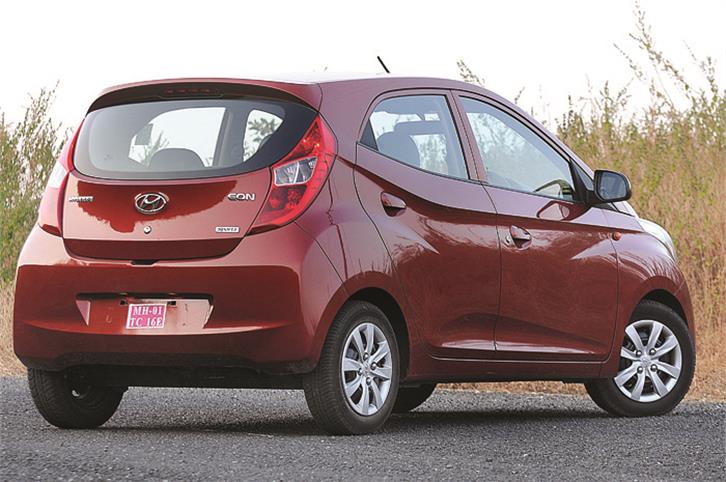
The Eon doesn't look built to a cost
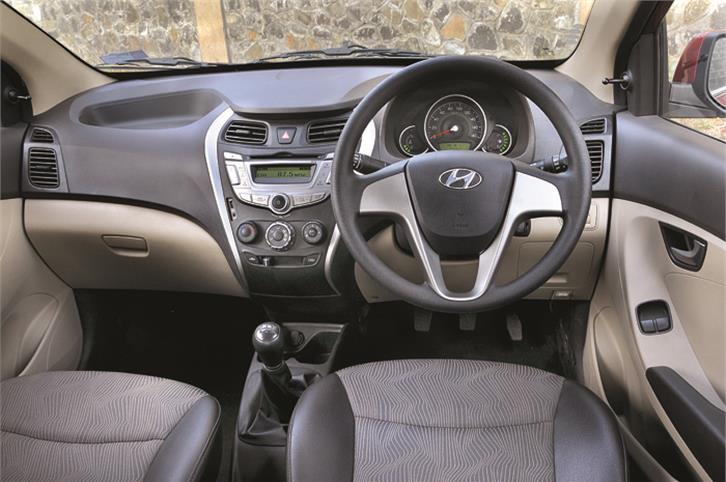
Good plastic quality and excellent fit and finish make Eon cabin a nice place to be
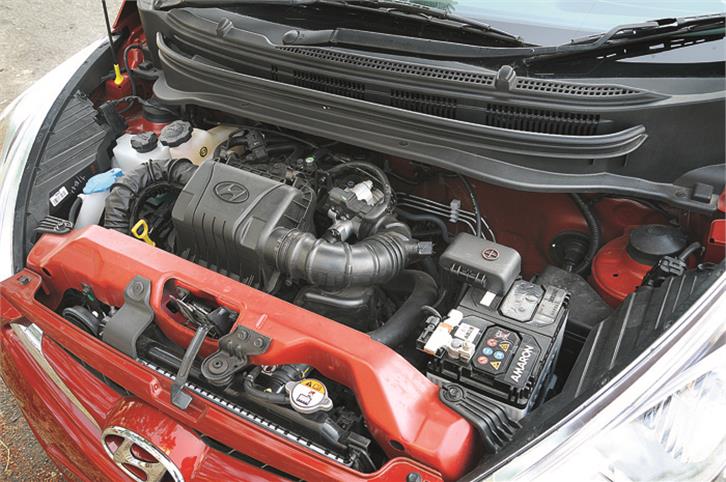
Eon's three-cylinder, 814cc petrol engine.
The Eon comes powered by a three-cylinder, 814cc petrol engine. This motor is actually the 1.1-litre iRDE unit from the Santro (and original i10) with one cylinder less. Basic architecture remains the same, with a three-valve-per-cylinder, SOHC arrangement. With 55bhp on tap, the Eon slots right between the standard 800cc Alto and the larger-hearted Alto K10 on the power scale.
Hyundai’s three-pot motor was never going to be as smooth as its four-cylinder counterpart, but refinement levels are just about acceptable for the class. Hyundai has equipped the engine with a counter balancer which cancels out vibrations to some extent. However, there’s a distinct imbalance at idle and you can feel vibrations filter through, notably via the gearlever. Things smoothen out when you tap the throttle but there’s always a thrum which you can’t miss.
We always liked the bottom-end pep of the long-stroke iRDE engine but sadly, in this three-cylinder avatar, the energetic character is missing. There is a flat spot when accelerating from very low engine speeds, so this motor needs to be revved a bit to gain momentum.
The Eon does feel quite comfortable once on the move and keeping up with city traffic isn’t a problem either. It’s only when overtaking vehicles that the lack of outright power comes into play. Mid-range and part-throttle responses are mediocre and the Eon only ambles along until you get into the powerband. Also rev it past 5000rpm and the engine note goes from a thrum to a thrash.
Clearly this motor has no sporting pretensions and, as you’d expect, performance isn’t staggering. The Eon takes 6.46 sec get to 60kph and 17.6 sec to 100kph. These figures do compare well with both Altos though. Hyundai has geared the first three ratios quite short to make the most of the engine’s limited power, so in-city drivability is acceptable for the most part. It is important to keep the engine in the powerband as it is not a quick-revving unit and does take quite some time to get back up to speed. This feeling is oft experienced when upshifting early from second to third gear.
The Eon borrows the Santro’s five-speed manual gearbox that features a mechanical linkage. Gearshifts on the short-throw ’box are quite notchy, especially in first and second gears, but the light clutch requires little effort to use.
What’s good is that highway journeys can be undertaken with piece of mind as the little Eon is
quite relaxed even at 80kph and happily cruises at an indicated 120kph. It’s only when travelling with a full load that the Eon feels slightly strained. But as the saying goes, there is no replacement for displacement.
Copyright (c) Autocar India. All rights reserved.



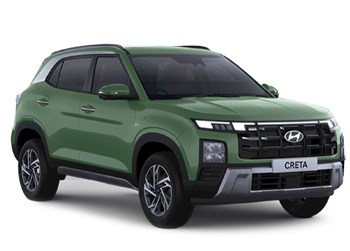
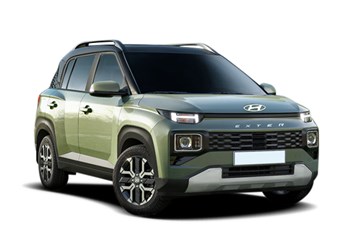
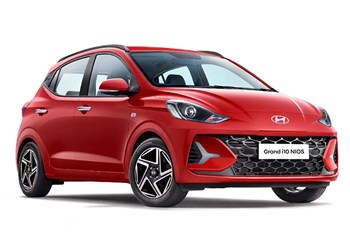
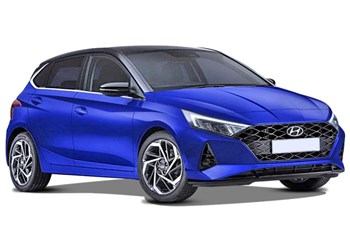
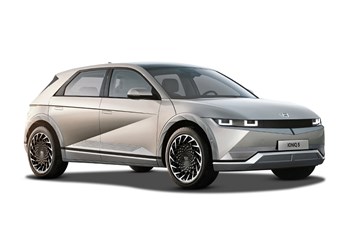
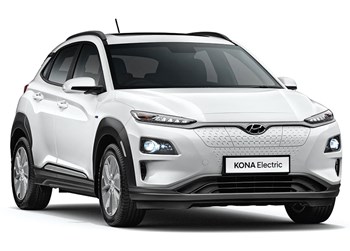







Comments
Member Login
Personal Details
No comments yet. Be the first to comment.